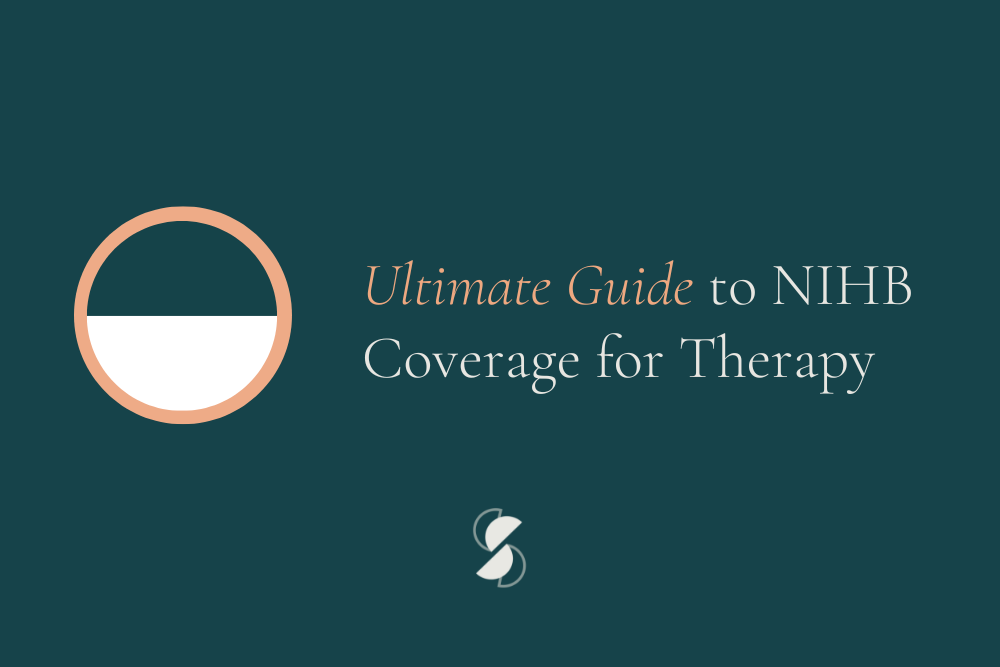Managing Panic Attacks

Strategies To Cope With Anxiety
If you’ve ever had a panic attack, I’m sure you’re aware of just how terrifying the experience can be. Although an attack may only last a few minutes, it can leave you feeling very unsettled. These attacks generally stem from intense anxiety and can appear suddenly, out of the blue. While a panic attack itself may be brief, it can lead to an increased anxiety and fear of experiencing another episode.
The best way to deal with future panic attacks is by learning how to cope with your anxiety so that if you do notice symptoms of a panic attack, you can calm your mind and body until the symptoms subside. Below are some strategies you can use to help manage your anxiety and cope with physical symptoms.
Deep Breathing
Anxiety can cause your breaths to become quick and shallow, which makes both mental and physical symptoms of a panic attack worse. Deep breathing is a relaxation technique that requires you to pay attention to how you’re breathing and use your belly, not just your chest, as you draw in breaths. When you begin to feel panic, consciously take slow and deep breaths. As you focus on your breath coming in and going out, let your worries or concerns fade away. It’s helpful to practice this technique while sitting or lying down. Put a hand lightly on your stomach and breathe so that your abdomen lifts and lowers your hand. Once you learn this technique you can practice it when day-to-day stressful situations arise.
Interrupt Negative Thinking
Shout out the word “stop” really loud inside your head. By shouting the word “stop” you’re interrupting the emergency message that your brain is sending to your adrenal glands. Often those experiencing a panic attack get into an endless loop repeating the same catastrophic thoughts over and over in their minds. Interrupting this spiral gives you the opportunity to replace the fearful message with a calming one.
Use Coping Statements
A coping statement is a positive statement that is at least as strong as the catastrophic statement that you’ve been scaring yourself with! Replace the negative thought with a positive one. Choose a statement that addresses the negative thought.
For example, if you believe you’re having a heart attack — a common fear during a panic attack — then you might say something like this to yourself “I’m having a heart attack” or “I’m going to die”. After you shout the word “stop” immediately replace the fear thought with a positive statement that helps you cope with the situation, such as, “I’m only having a panic attack and it will be over in three minutes if I relax” or, “My fear is making my heart pound harder, I know my heart is fine”. Other coping statements might be “I’ve gotten through this situation many times before and I can get through it again.”
It can be helpful to reflect on the kinds of fear thoughts that bring on panic for you and make a list of coping statements that you can look at when you need to rather than trying to think of statements in the middle of a panic attack.
Accept your Feelings
Acceptance of your feelings is very important. Minimizing your experience usually serves to perpetuate it. It can be helpful to start by identifying what emotion you are feeling. Most of panic attacks are caused by the emotion of fear. Identify the emotion you are feeling and reflect on the reason for feeling it. Validate that feeling and the reason for it.
This article was written by Ashley Falco during their time at Shift Collab.











.gif)







![Why You Need to Unfollow [@YourEx]](https://cdn.prod.website-files.com/625ec823c07cd8de32e1bae2/65c54e80b98a7d97ee026776_20240206T0910-707e5b7e-9802-42a3-8070-ba67b8dc33fd.jpeg)






![Summer Lovin' [not] Havin' a Blast](https://cdn.prod.website-files.com/625ec823c07cd8de32e1bae2/65c54e4341e7246ed4b3cbff_20240206T0910-fd1563e4-34d1-49e6-af59-9b95c717196a.jpeg)














































































